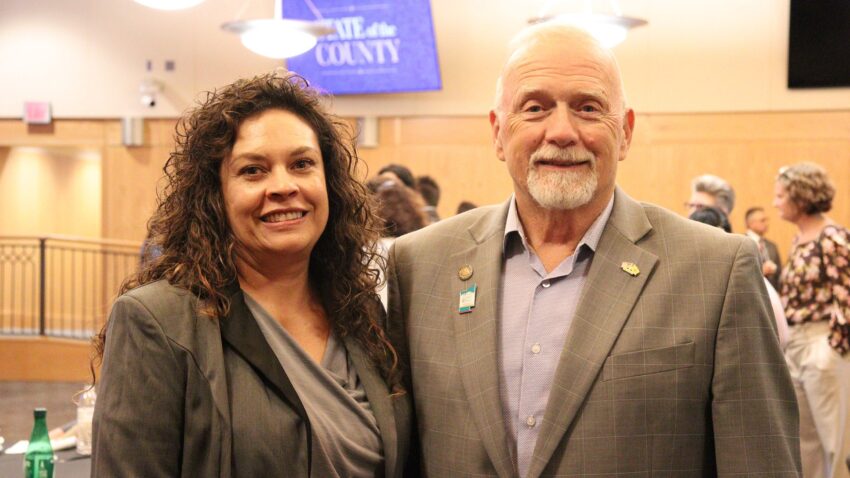A centuries-old tradition grounded in American history and constitutional protection was dealt a blow Tuesday, July 22, as the Doña Ana County Commission voted 4–1 to eliminate public prayer from its meetings. The decision rescinds Resolution 2018-25, which had formally allowed invocations from community members, including faith leaders, medical personnel, and first responders.
Since 2018, nearly every county meeting began with a moment of prayer—an act affirmed by the U.S. Supreme Court in Town of Greece v. Galloway, which held that ceremonial invocations do not violate the Establishment Clause so long as they remain voluntary and inclusive. But on Tuesday, commissioners argued the practice might appear exclusive or divisive. Critics say they offered no credible evidence to back the claims, instead bowing to pressure from secular activists and fringe voices seeking to erase faith from public life.
Chairman Christopher Schaljo-Hernandez acknowledged the unusually high turnout for the meeting. “We passed a $387 million budget without a single public comment,” he noted. “But tonight, because prayer is on the agenda, we’ve had overwhelming participation.” Twenty-one residents spoke on the matter, with comments sharply divided.
Former Commissioner Isabella Solis, who frequently delivered invocations herself, told the board, “Evangelical and Catholic communities significantly shape our county. You have a profound responsibility to reflect the values and beliefs of your constituents.”
Conservative leaders blasted the vote. Amy Barela, Chairwoman of the Republican Party of New Mexico, said, “Doña Ana County’s decision to eliminate public prayer is a blatant erosion of constitutional freedoms. This is not about neutrality—it’s about silencing faith. The First Amendment protects the free exercise of religion, not the forced absence of it.”
Jodi Hendricks, Executive Director of New Mexico Family Action Movement, echoed that concern: “This vote reflects a growing misunderstanding of both the Constitution and the role of faith in public life. We will continue to stand with New Mexicans who value faith, freedom, and the First Amendment.”
While some critics of the invocation policy claimed it was inherently exclusive, the data tells a different story. According to the county, 71% of invocations were Christian, 7% Catholic, 5% Jewish, and 3% nondenominational. One Native American ceremony in 2024 drew backlash, highlighting the difficult balance between inclusion and intolerance.
Commissioner Susana Chaparro was the only dissenting vote. “Prayer doesn’t have to name a religion to be meaningful,” she said. “We shouldn’t throw away a respectful tradition because of a few bad-faith actors.”
Other commissioners, including Manuel Sanchez and Gloria Gameros, argued for a moment of silence as an alternative, suggesting it offered a more “neutral” approach. Gameros insisted, “God is not being taken away… people can pray silently.”
But to many residents, the vote represents something deeper: a shift away from the moral foundations that shaped the nation. “This isn’t about a moment of silence,” said one local pastor. “It’s about pushing God out of government, one meeting at a time.”
The controversy is far from over. Faith-based advocates and constitutional watchdogs are already mobilizing to challenge what they see as an unnecessary and discriminatory reversal of religious freedom. For many, Doña Ana County has become the latest battleground in a growing national fight to defend faith in the public square.
The post ‘God is not being taken away’? Doña Ana County kills public prayer in 4–1 vote appeared first on Piñon Post.
Click this link for the original source of this article.
Author: Piñon Post
This content is courtesy of, and owned and copyrighted by, https://pinonpost.com and its author. This content is made available by use of the public RSS feed offered by the host site and is used for educational purposes only. If you are the author or represent the host site and would like this content removed now and in the future, please contact USSANews.com using the email address in the Contact page found in the website menu.








